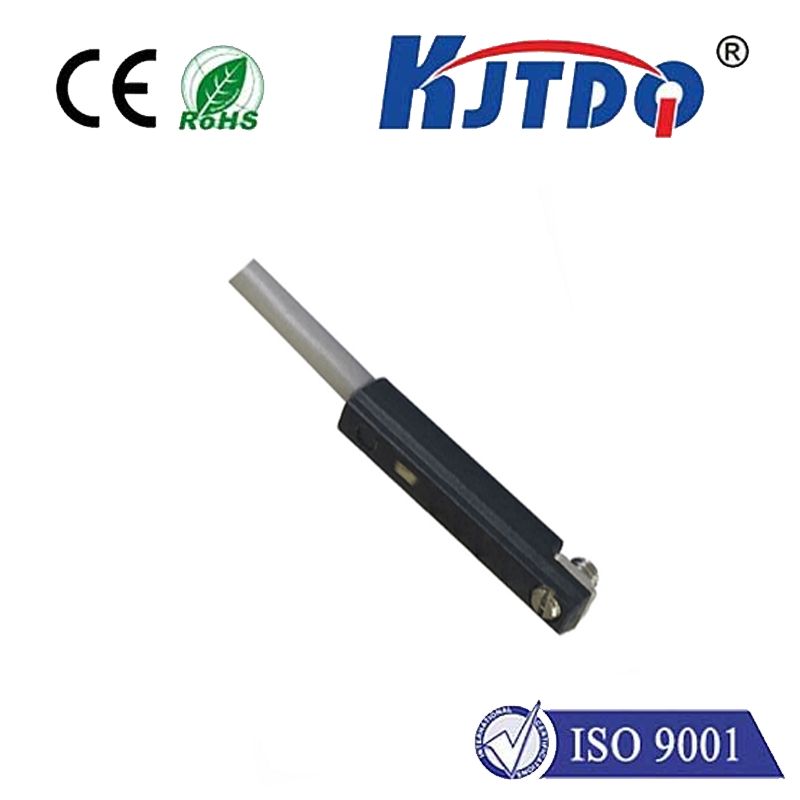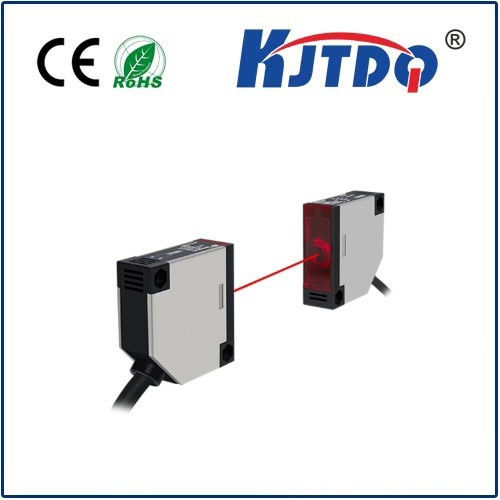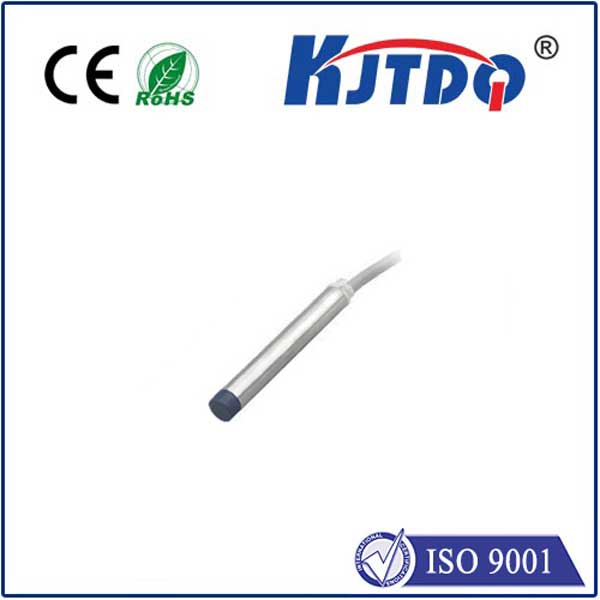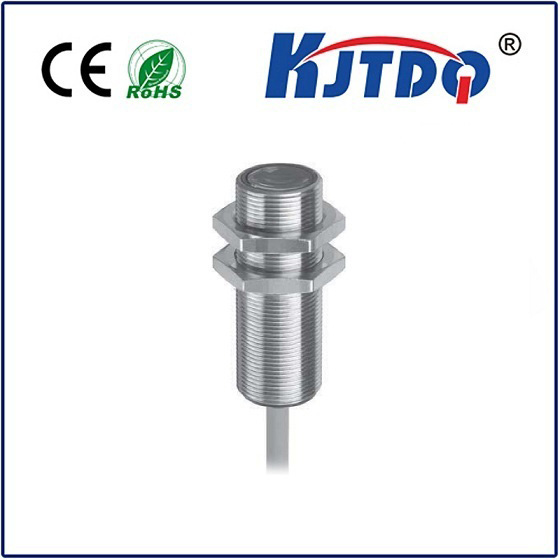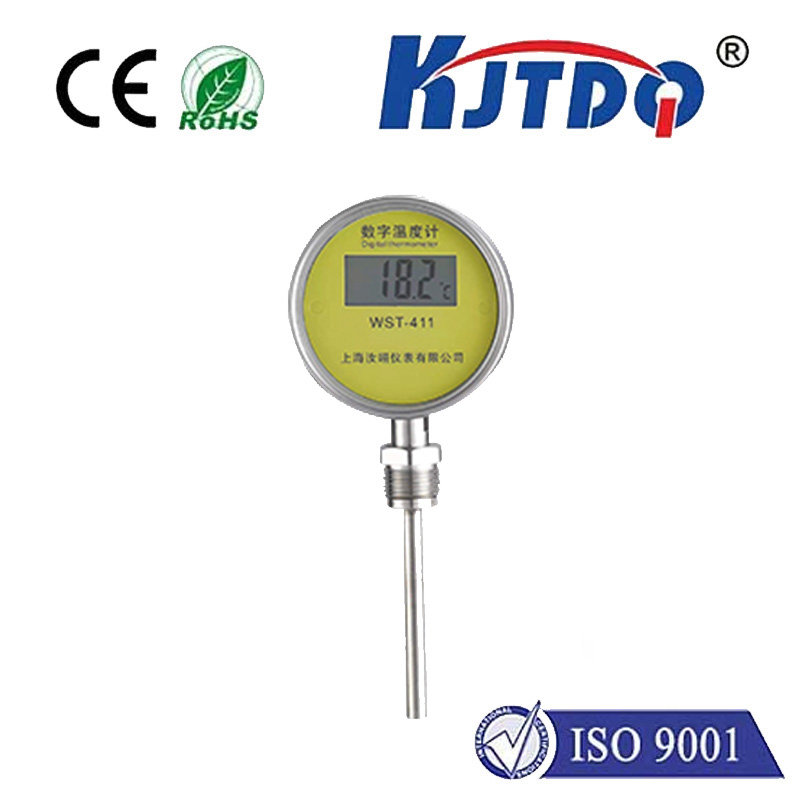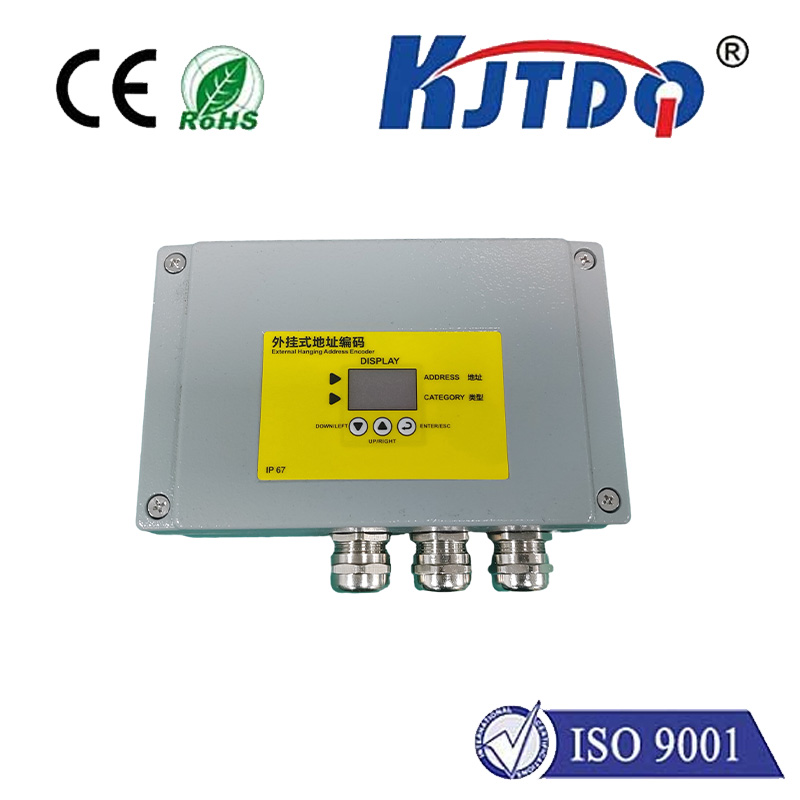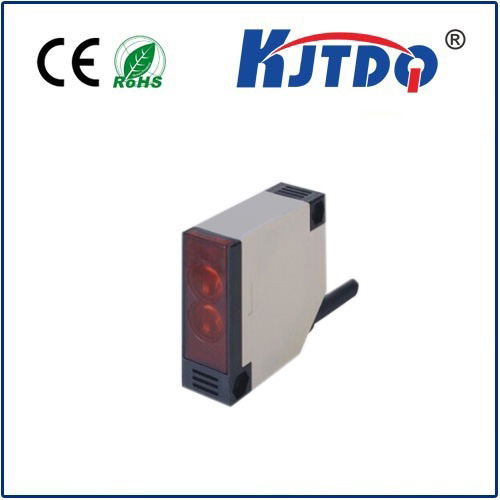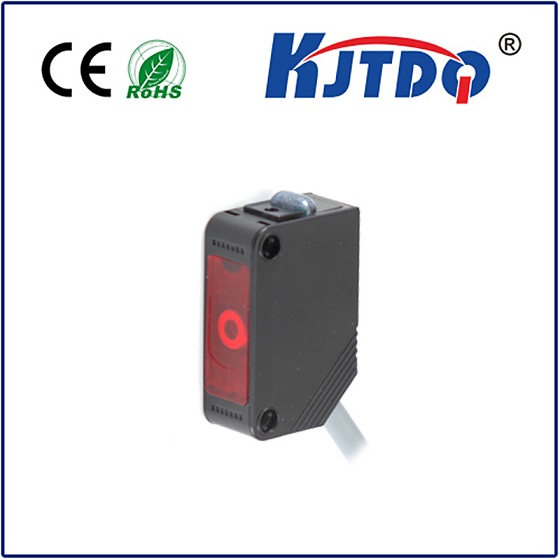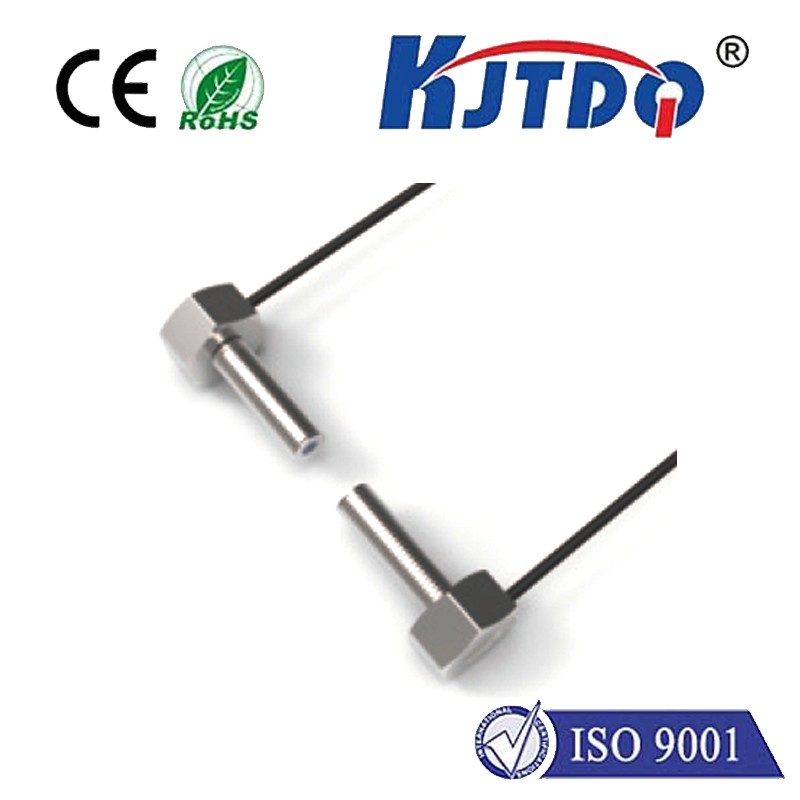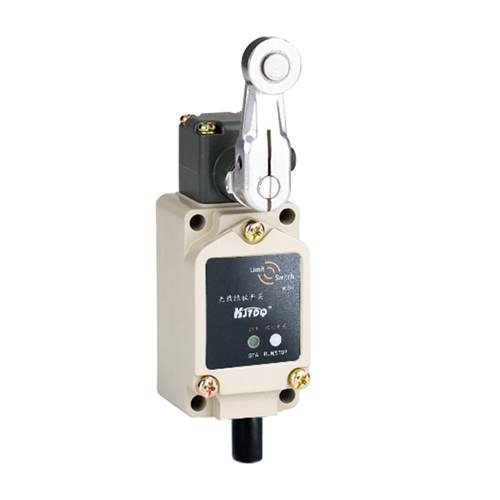BES04YL proximity sensor
- time:2025-10-14 07:38:11
- Нажмите:0
BES04YL Proximity Sensor: The Precision M8 Switch for Demanding Automation
In the intricate dance of modern machinery, where components move with astonishing speed and precision, a silent guardian plays a critical role: the индукционный датчик приближения. Among these unsung heroes, the BES04YL proximity sensor stands out as a remarkably reliable and compact solution, particularly renowned for its robustness in challenging industrial settings. This unassuming cylindrical device is far more than just a switch; it’s a fundamental building block for detecting the presence of metal objects without physical contact, enabling smarter, faster, and more dependable automation.
Imagine a high-speed assembly line where robotic arms place components with millimeter accuracy. The margin for error is near zero. This is where a sensor like the BES04YL shines. Its core function is non-contact detection of metallic targets. When a metal object enters its predefined sensing range, the sensor electronically “switches” its output state. This simple signal – on or off – becomes a vital piece of information for a Programmable Logic Controller (PLC). It tells the system, “a part is here,” “a piston has reached its end position,” or “the machine guard is closed,” triggering the next sequence of operations with unmatched speed and exceptional reliability.
So, what makes the BES04YL specifically noteworthy?
- Compact M8 Cylindrical Design: Its small M8 threaded barrel (approximately 8mm diameter) makes it the perfect choice for installations where space is at a premium. Whether it’s squeezed into a densely packed control cabinet or mounted on a small moving actuator, its size offers significant flexibility. This M8 form factor is a standard in industrial automation, ensuring easy integration and replacement.
- Inductive Sensing Principle: As an индукционный датчик приближения, the BES04YL generates an electromagnetic field from its sensing face. When a metallic target (typically ferrous metals like steel or iron, though it will detect non-ferrous metals like aluminum at a reduced sensing range) enters this field, it induces eddy currents within the target. This interaction causes a detectable change within the sensor’s internal oscillator circuit, prompting the switch in output state. This principle ensures wear-free operation since there’s no physical contact, translating to extended operational life and minimal maintenance, even in high-cycle applications.
- PNP Output Configuration (Typically): While variants exist, the BES04YL is commonly configured as a PNP (Sourcing) proximity sensor. This means that when the sensor detects a target, its output line effectively connects to the positive supply voltage (+V), providing a signal (“high”) to the PLC or control input it’s connected to. PNP outputs are widely compatible with standard PLC sinking inputs, making integration straightforward.
- Optimized Sensing Range: Engineered with a nominal 2mm sensing distance (Sn), this sensor offers the ideal balance for many applications. It provides sufficient range for practical detection needs while minimizing the risk of false triggers from objects passing nearby but not intended to be sensed. This 2mm detection capability is particularly valuable for precise position verification or counting tasks.
- Built for the Industrial Grind: Factory floors are tough environments. The BES04YL sensor is built to withstand them. Key robustness features include:
- High IP Rating (Often IP67): This signifies superior protection against dust ingress (IP6X) and temporary immersion in water (IPX7), making it suitable for washdown areas or dusty workshops.
- Wide Operating Temperature Range: Typically functioning reliably from temperatures significantly below freezing (-25°C or lower) up to high heat (+70°C or higher), it handles temperature fluctuations common in industrial settings.
- Resistance to Vibration and Shock: Designed to maintain performance amidst the constant vibrations and minor impacts typical of machinery.
- Short-Circuit and Polarity Protection: Built-in safeguards help prevent damage from common wiring errors or faults.
Where Does the BES04YL Proximity Sensor Excel?

The combination of compact size, reliable sensing principle, robust build, and standardized output makes the BES04YL inductive sensor incredibly versatile. Here are key application areas:
- Position Detection: Verifying the end position of cylinders, slides, or clamps. Confirming a part is correctly seated in a fixture. (Is the pallet in place? Is the robot arm home?)
- Presence / Absence Checking: Detecting if a metal part is present on a conveyor line, in a machining center fixture, or at a packaging station. (Is there a bottle cap? Did the bearing arrive?)
- Simple Counting: Monitoring the passage of metal parts (like bolts, washers, or finished goods) on a conveyor or chute. (How many widgets passed by?)
- Speed Monitoring: Detecting the rotation of gear teeth or passing features on a metal shaft.
- Machine Safety: Interlocks (confirming guards are closed before machine start-up), though critical safety functions require specifically certified safety sensors.
- End-of-Stroke Feedback: Providing reliable confirmation to PLCs that pneumatic or hydraulic cylinders have fully extended or retracted.
Technical Deep Dive: Understanding the Specifications
When selecting a sensor like the BES04YL M8 sensor, engineers rely on specifications. Core specs usually include:
- Operating Voltage: Typically 10-30 V DC, covering the standard voltage range of industrial control systems.
- Output Type: Predominantly PNP, N.O. (Normally Open). When no target is present, the output is “off” (no voltage). Detection switches it “on” (sources +V).
- Sensing Distance (Sn): 2 mm nominal. The actual guaranteed operating range will be slightly less (e.g., 0-1.6mm) to account for manufacturing tolerances and environmental factors.
- Hysteresis: The difference between the switch-on point (when the target approaches) and the switch-off point (when the target moves away). This prevents chattering if the target stops exactly at the sensing edge. Usually a percentage of Sn.
- Switching Frequency: How many times per second the sensor can reliably detect a target passing by. Crucial for high-speed applications.
- Protection Class: МП67 or equivalent, ensuring durability against harsh elements.
- Material: Stainless steel sensing face and brass or nickel-plated brass body are common, offering corrosion resistance.
- Connection: Typically a fixed 2-meter PVC or PUR cable, or sometimes a 3 or 4-pin M8 quick-disconnect connector.
Why Choose Sensors Like the BES04YL?
The advantages of using a BES04YL proximity switch go beyond its basic function:
- Zero Physical Contact: The hallmark of индукционный датчик. Eliminates wear on both the sensor and target, reducing maintenance costs and downtime. No mechanical force needed to actuate the switch.
- High Switching Speed: Reacts incredibly quickly to target presence/absence, enabling faster machine cycles than mechanical switches.
- Reliability: Sealed construction and lack of moving parts make them highly resistant to dirt, dust, moisture, oil, grease, and vibration – essential for factory automation.
- Long Service Life: The combination of non-contact operation and robust build leads to exceptionally long operational lifetimes.
- Simple Installation & Integration: The standardized M8 size and clear PNP wiring make setup straightforward. Pre-drilled mounting holes or mounting brackets simplify fixture integration.
Selecting and Installing Your BES04YL Sensor
While highly reliable, optimal performance requires correct selection and installation. Consider:
- Target Material: Ferrous steel offers full sensing range (2mm). For non-ferrous metals (aluminum, brass, copper), expect a reduced range (often 50-70% of Sn). Check datasheet specifics.
- Mounting: Ensure adequate clearance around the sensor body as specified (flush or non-flush mounting guidelines). Mounting too close to metal surfaces can reduce the effective sensing

